Great Design Plant: Polystichum Polyblepharum
http://decor-ideas.org 10/26/2014 22:13 Decor Ideas
A well-designed shade garden makes up for its lack of raucous colors by providing subtle surprises at every turn. Here structure, texture and shape rule. While many plants provide only one of these qualities, there are some that rank high on all three counts. Such is tassel fern (Polystichum polyblepharum).
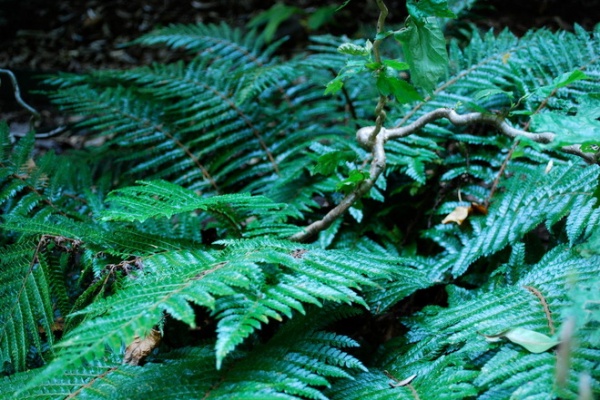
Botanical name: Polystichum polyblepharum
Common name: Tassel fern
Origin: Japan and South Korea
Where it will grow: Hardy to -20 degrees Fahrenheit (USDA zones 5 to 8; find your zone)
Water requirement: Consistently moist soil is best for optimal growth.
Light requirement: Partial to full shade
Mature size: 1½ to 2 feet tall and wide
Benefits and tolerances: Deer and rabbit resistant; affected by few insects and diseases; grows well in heavy shade and wet soil where plant choices are limited
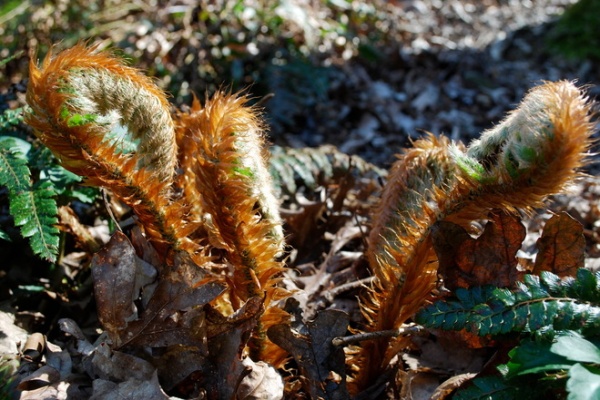
Seasonal interest: New fronds emerge in early to mid spring with a furry, contorted look that adds interest to the spring garden. The fronds mature to a dark, shiny green and hold up well through the winter. Since tassel fern is an evergreen variety, it adds interest to the garden floor in winter.
When to plant: Spring or fall is best.
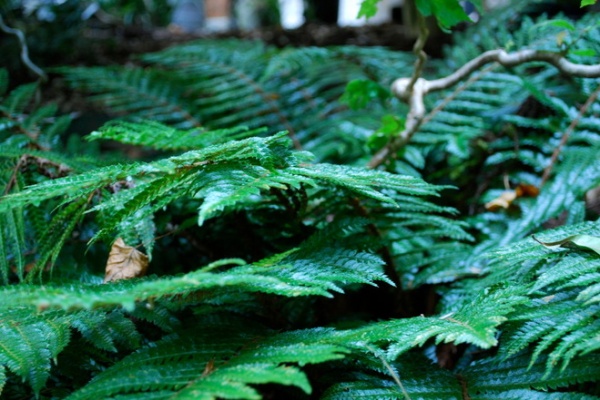
Distinguishing traits. Tassel fern is an excellent choice if structure is needed in the garden. It grows in an outward-spreading, low, vase-shaped clump with fronds layered atop one another. The fact that it is one of the few commonly available evergreen ferns earns it a place in most shade gardens.
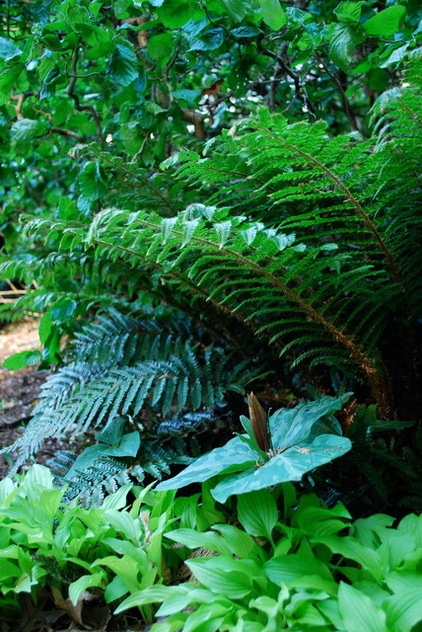
How to use it. Like most ferns, tassel fern is at home amid hostas, astilbes, trilliums, mayapples and sweet flag. Because of its strong structural form, its uses supersede those of many other ferns.
I like to plant tassel fern where it can be viewed from above, since its radiating structure makes such a statement. I also like planting it on hillsides, where its layered structure can be seen to best advantage.
Tassel fern holds its own when planted en masse, particularly in close proximity to other fern species. Its unique texture and dark green color play well with lighter-colored, airier ferns, such as lady fern (Athyrium filix-femina) and maidenhair fern (Adiantum pedatum). If you are planting tassel fern en masse, consider leaving adequate spacing to show the plants to best advantage.
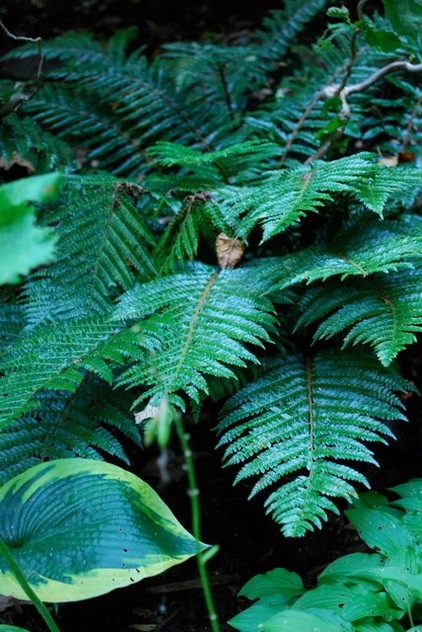
Planting notes. Tassel fern performs best when planted in moisture-retaining soil amended with decayed organic matter. The addition of mushroom compost or composted cow manure in the hole at the time of planting will greatly benefit this fern. Plant tassel fern at an angle in wet and poorly draining soil, so crown rot does not become an issue during cold weather.
See more guides to growing ferns
Related Articles Recommended












